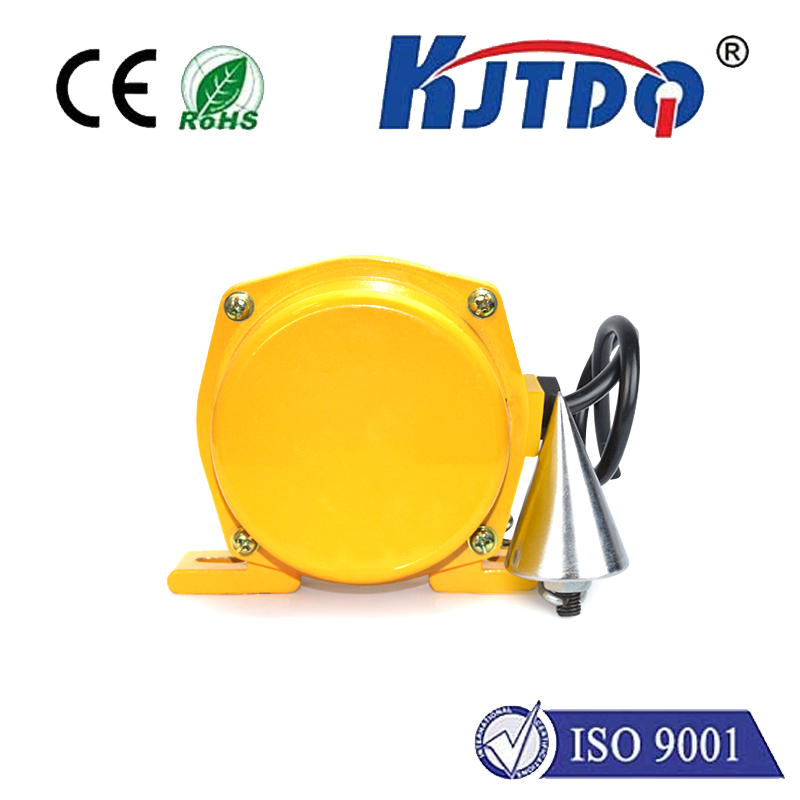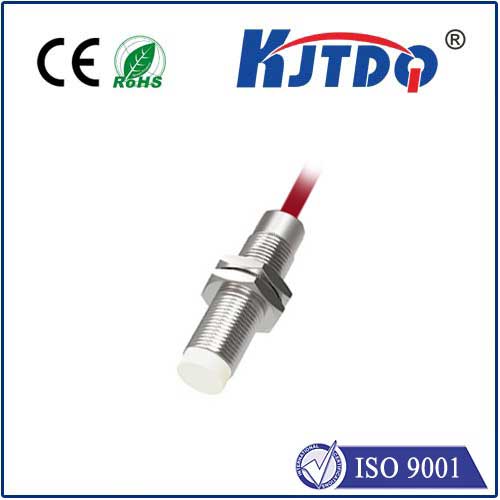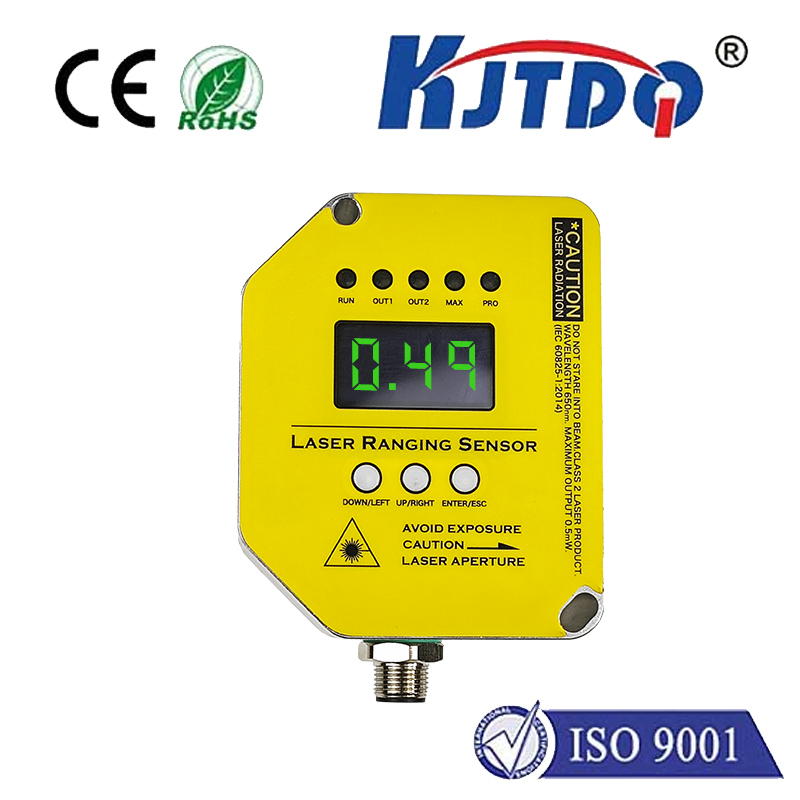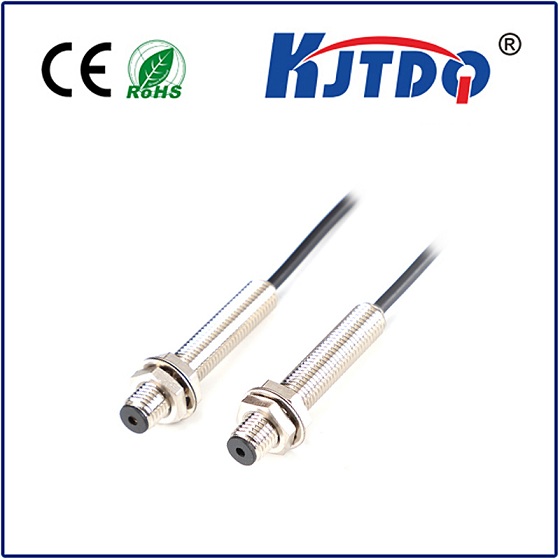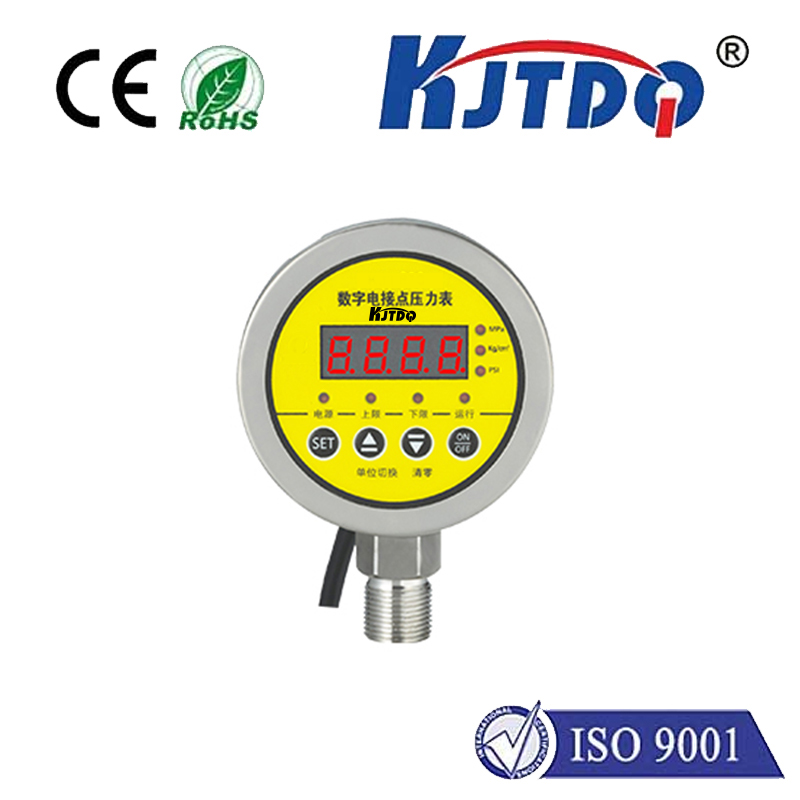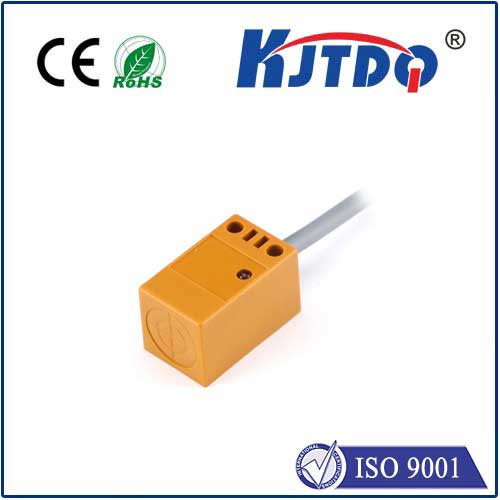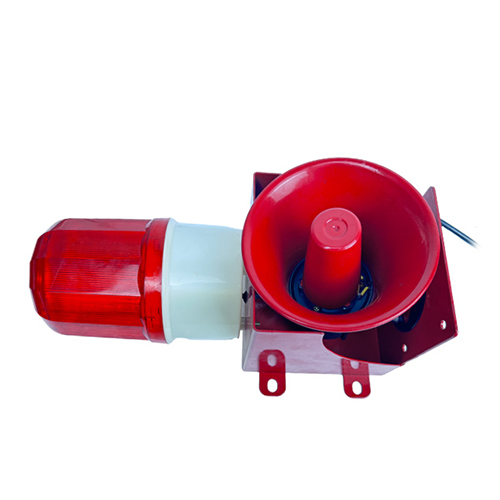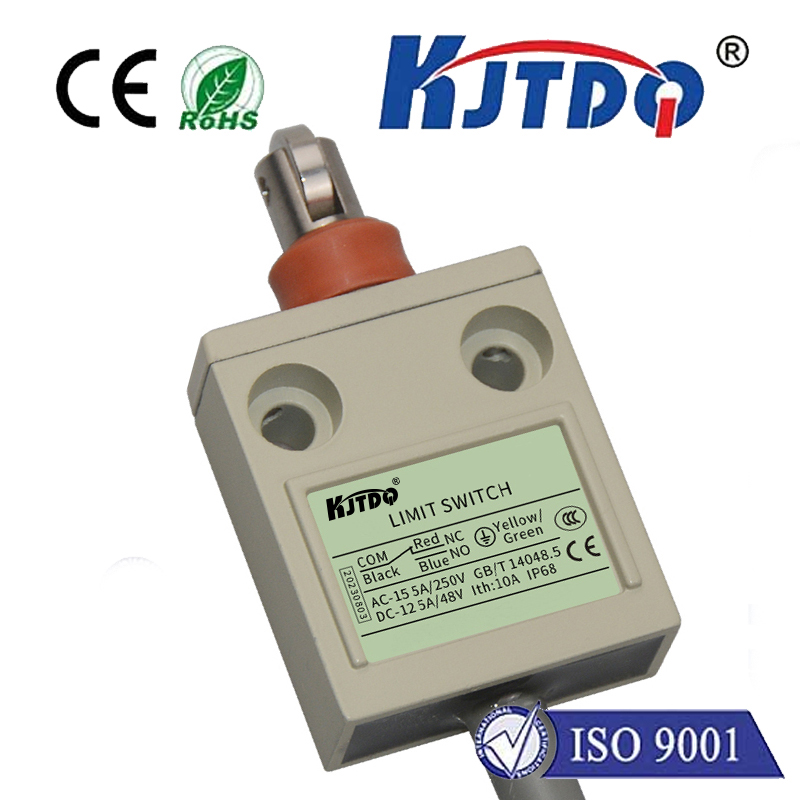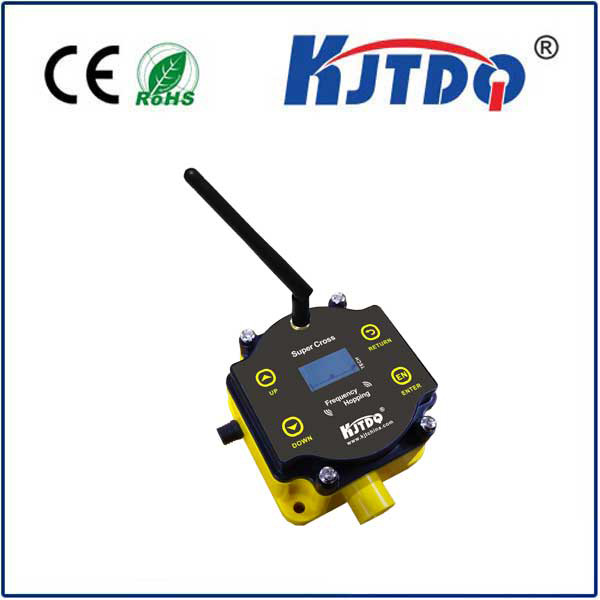

check

check

check

check

check

check

check

check

check

check

Title: The Importance of the Wheel Speed Sensor in Modern Vehicles The wheel speed sensor is a crucial component in modern vehicles, responsible for monitoring the rotational speed of each wheel. This information is then used by the vehicle’s electronic control unit (ECU) to optimize various aspects of its performance, including traction control, anti-lock braking system (ABS), and electronic stability control (ESC). In this article, we will explore the significance of the wheel speed sensor and how it contributes to the overall safety and efficiency of modern vehicles. Firstly, let us understand what a wheel speed sensor does. As the name suggests, it measures the speed at which each wheel is rotating. This data is transmitted to the ECU, which processes it and makes necessary adjustments to the vehicle’s systems. For example, during acceleration, the ECU can detect if one wheel is spinning faster than the others, indicating a loss of traction. In such cases, the ECU can adjust the engine power or apply brakes to prevent wheel spin and maintain optimal traction. The wheel speed sensor plays a vital role in the operation of the Anti-lock Braking System (ABS). During sudden braking, the ABS prevents the wheels from locking up by monitoring their speed and modulating brake pressure accordingly. If the sensor detects that a wheel is about to lock, it sends a signal to the ECU, which then adjusts the brake pressure to allow the wheel to continue rotating. This ensures that the vehicle remains stable and steerable during emergency braking situations. Furthermore, the wheel speed sensor is essential for the proper functioning of Electronic Stability Control (ESC). ESC is a system that helps prevent skidding and loss of control by detecting unwanted deviations in vehicle posture and applying corrective actions. By continuously monitoring the rotational speed of each wheel, the ESC system can identify any abnormalities in vehicle behavior, such as oversteering or understeering, and make real-time adjustments to maintain optimal stability. In addition to these safety features, the wheel speed sensor also contributes to the overall efficiency of modern vehicles. By accurately measuring wheel speed, the ECU can optimize fuel consumption by adjusting engine performance according to driving conditions. For instance, during coasting or downhill driving, the ECU can reduce engine power or engage neutral gear to conserve fuel. Similarly, when accelerating from a standstill, the ECU can provide additional power to ensure a smooth and efficient start. In conclusion, the wheel speed sensor is an indispensable component in modern vehicles, providing valuable data for optimizing traction control, ABS, ESC, and overall efficiency. Its ability to monitor wheel speed accurately allows the vehicle’s electronic control unit to make informed decisions and take necessary actions to enhance safety and performance. As automotive technology continues to advance, we can expect the role of the wheel speed sensor to become even more significant in shaping the future of transportation.
